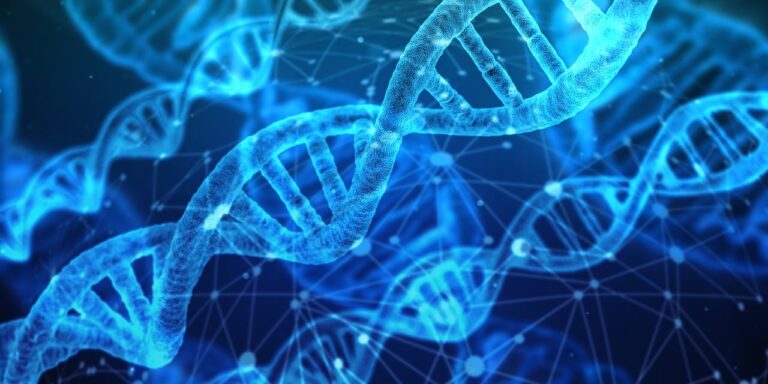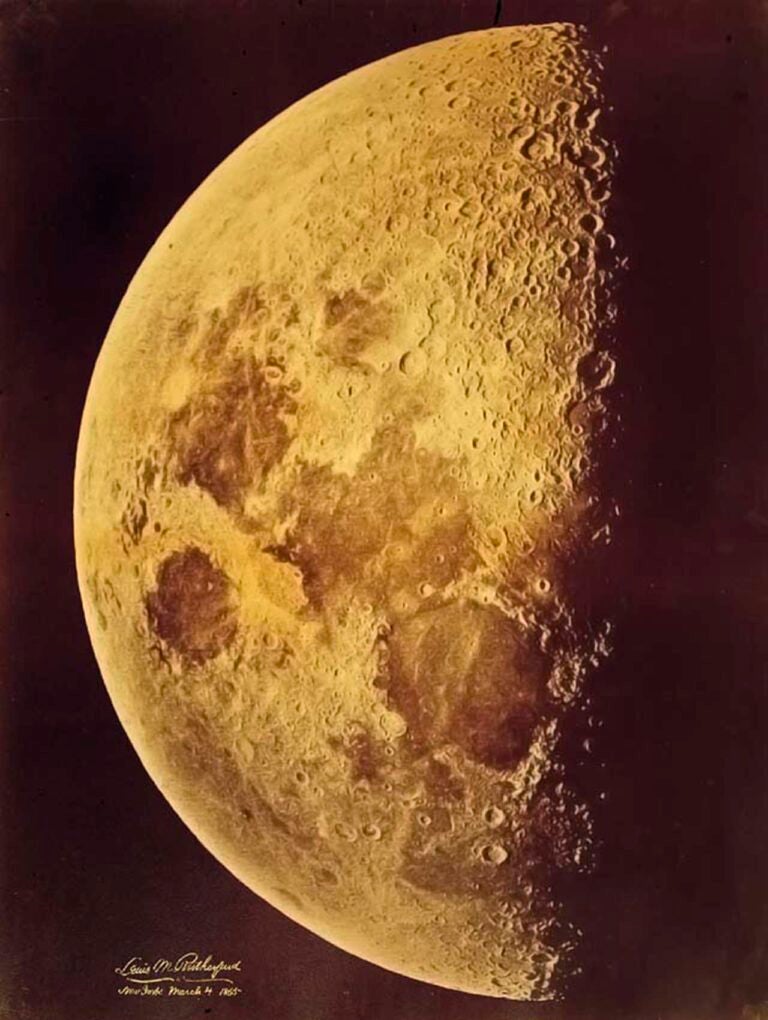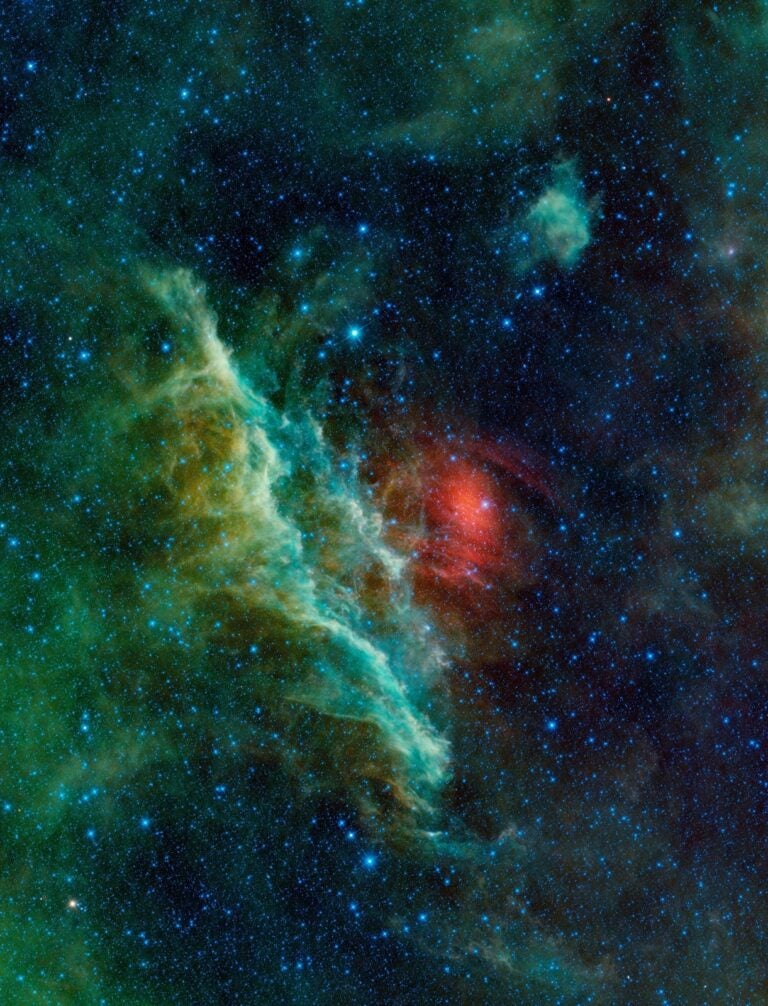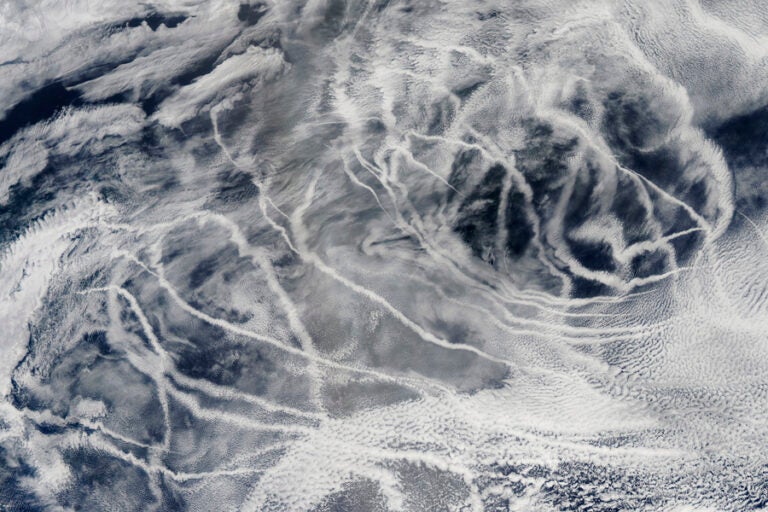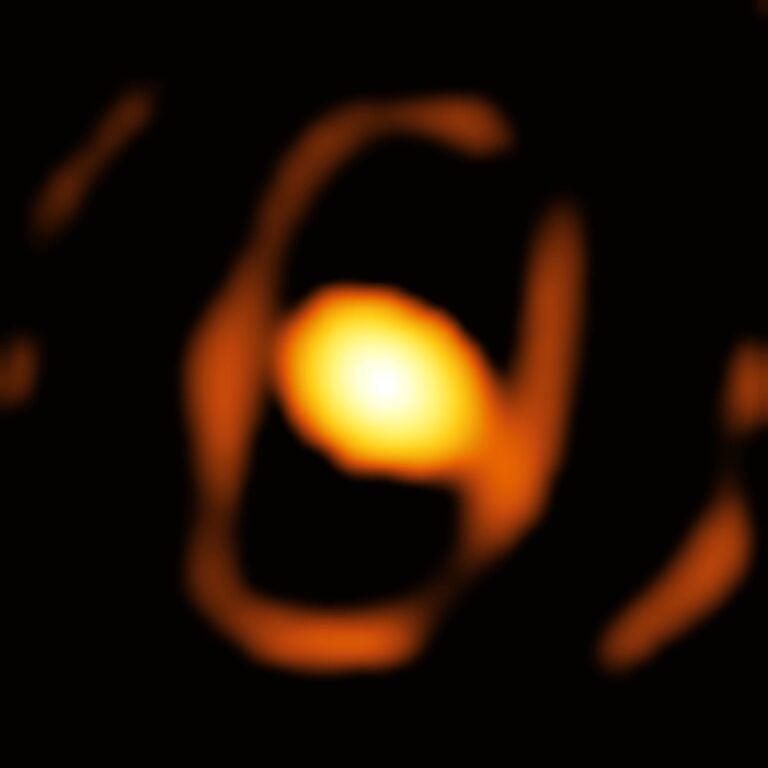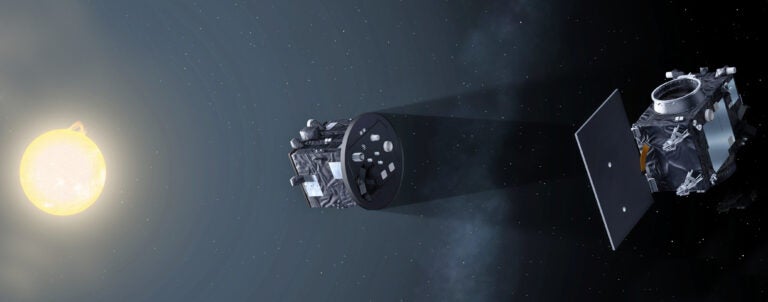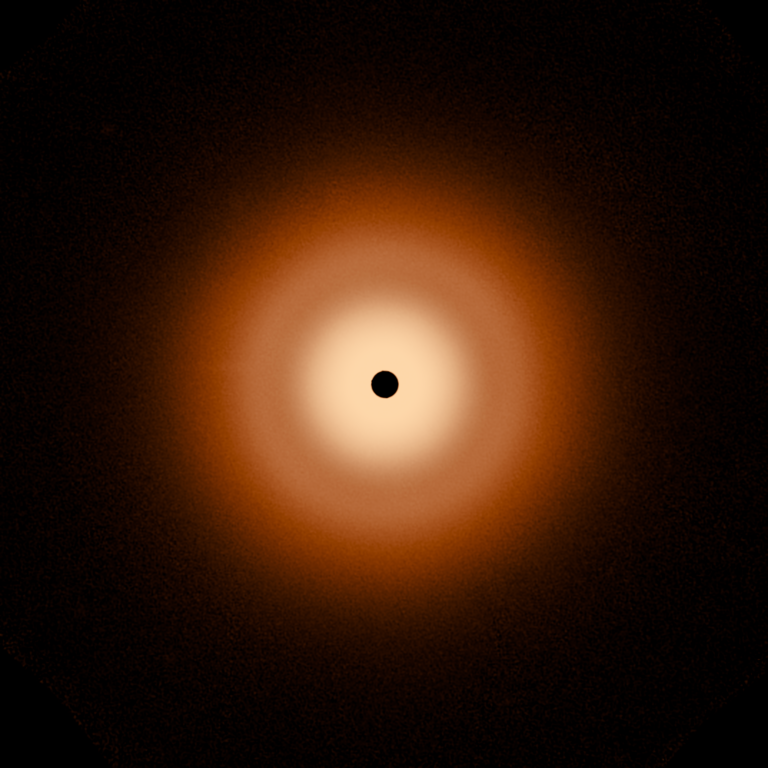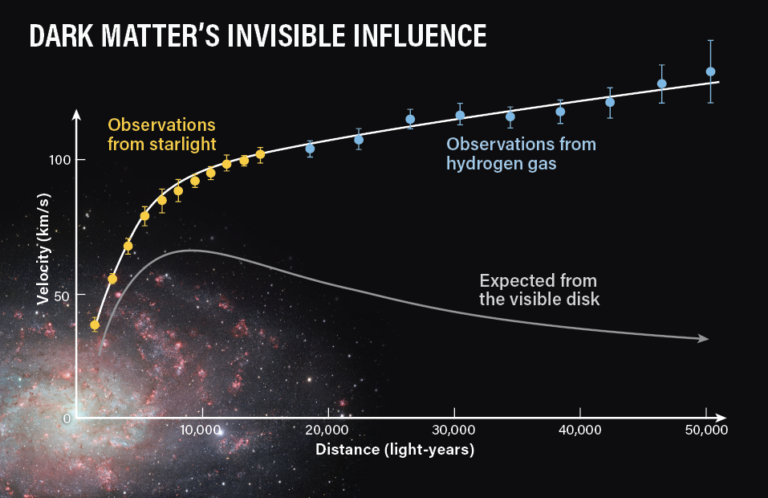Physicist Vera Rubin died on December 25, 2016. She left behind a powerful scientific legacy of finding the first concrete evidence for dark matter based on the observations of galactic motion. But she also leaves behind a personal legacy of what it means to be a scientist.
Rubin was an astrophysicist in an era when women faced blatant sexism and professional limitations. After collecting degrees from Vassar University, Cornell University (her second choice as Princeton wouldn’t accept women into their graduate astronomy program), and Georgetown University, Rubin spent most of her professional career as a researcher at the Carnegie Institute.
Her unquenchable curiosity, sharp focus, and unyielding kindness live on in the stories the people who knew her tell, and in the lessons she taught with her incredible life.
Don’t be shy about asking for what you want.
Vera Rubin was excited when Carnegie Institute hired Lindy Elkins-Tanton as Director, the first woman to hold the position, and the two built a fast friendship. One of the stories that stuck with Elkins-Tanton was how Rubin first came to Carnegie in 1965. “The way she told it to me, she went right up to the director and said, ‘I really want to have a job here, and you should give me a job.’” Then-Director Merle Tuve invited her to join the decades-long tradition of communal lunches, which Rubin took as an opportunity to give a chalkboard talk presenting her work. After, he hired her as the newest staff scientist. “It was such a story of courage, and meritocracy, and deservingness,” Elkins-Tanton remembers.
Don’t let small problems block big science.
Rubin loved her telescope time, collecting new observations to characterize the fundamental weirdness of the universe. She shared a set of observing runs at Kitts Peak with Sethanne Howard, the first woman to receive a physics degree from the University of California-Davis: Rubin on the 4-meter telescope while Howard used the McMath solar telescope to make night observations (as larger solar scopes can still be used at night for light gathering). During their shared late-night lunches, Rubin told Howard the tale of how she became the first woman to be a principal investigator running her own observations at the Palomar telescope.
At the time, Palomar Observatory housed the largest telescope in the world. “They did not allow women to use the telescope,” Howard recounts. “The application form said, ‘It is not feasible for women to observe.’ Now, the Caltech people who ran the telescope knew very well that women could use the telescope. That wasn’t the reason. The reason was, there was only one bathroom in the telescope, and they couldn’t envision men and women sharing the same bathroom. Vera Rubin knew this. She said, ‘I’m going to work around this.’ “
When Rubin filled out the forms to apply for time on the Palomar Observatory telescope, she used her typewriter for more than just the details of her research program. “She took the period at the end of the sentence, and changed it to a comma, and typed in ‘usually,’” laughed Howard. “So: ‘It is not feasible for women to run an observing project, usually.’” The modification and her gender went unnoticed until after her proposal was approved and she was granted the time — and the right to use the observatory bathroom.
“She broke the toilet-barrier at Mount Palomar,” Howard remembers. “She did it with sheer guts. I think that’s remarkable.”
Sometimes the biggest discoveries come from relentless detail.
Over the decades, Rubin collected endless rotation curves of galaxies. With each one, she steadily characterized just how our universe was refusing to follow the rules as we understood them. “Somehow dark matter has gravity that doesn’t give off light,” explains Kirk Borne, who studied colliding galaxies as a postdoctoral researcher with Rubin in the early 1980s. “Vera Rubin found conclusive evidence over and over and over again in all the different ways she studied the properties of galaxies.”
“She did the observations that needed to be done,” says Carolyn Collins Petersen, a science writer who met Rubin American Astronomical Society meetings. “If it hadn’t been for her, we would not be where we are with what limited understanding of dark matter we have now. We know that it’s ubiquitous about the cosmos, but it’s also figuring out the distribution and why it’s clumping around galaxies. If it wasn’t for her, I don’t think we’d even be able to ask those questions yet.”
“The biggest contribution she made was collecting all the evidence that supported the existence of dark matter in galaxies and characterizing it to the best degree possible,” remembers Borne. “She stayed focused on that one problem, and comprehensively solved it for the rest of the world.”
Treating others with dignity and respect changes lives.
Grant Tremblay was a first-year graduate student at an American Astronomical Society meeting when Rubin came up to ask questions about his poster. “I suffered from a lot of impostor syndrome in my early career in science. I didn’t think I was smart enough, I didn’t think I could do it,” remembers Tremblay. “When she came up to my work and treated me like another scientist and not a child, it was a major thing. It was a formative moment in my career. I have no doubt she did that for countless other astronomers, too.”
“Her kindness, her warmth, her caring about the community – those are really, really important things to make science go forward,” recalls Elkins-Tanton. “She was deeply beloved in a way I haven’t seen with other people.”
Protect and help women in science.
“She was tremendously community-minded and deeply connected with everyone, and hugely supportive of women in science,” explained Elkins-Tanton. “She had lived through such hard times in terms of women in science, so that support was gigantic for her.”
Chuck Bennett grew up next to Rubin’s mother, and interned at Carnegie with Rubin when he was in high school. He remembers the discrimination she faced with near-disbelief. “She loved what she was doing. She loved it with a passion. She was always excited about science and discovery and being a scientist,” he remembered. “It was so natural for her that it was unbelievable that anyone ever told her she couldn’t do it. It was her.”
Lea Shanley met Rubin at the first Women in Astronomy conference. “I was struggling at the time. Astronomy had a lot of sexual harassment and gender discrimination,” Shanley remembers. “One of the classes I was in, all the men got As and all the women got Bs. Despite the men going to the professor to tell him the women did the lion’s share of the work on the class projects, it didn’t change. Vera shared with me some of the struggles she encountered. It took a long time for her to feel confident in her profession with the sexism she endured.”
Other women in science wanted to share their accomplishments with Rubin. One night, every telescope at the Cerro Tololo Inter-American Observatory in Chile had a woman using the telescope. “They got together and wrote a telegram to Vera to tell her,” remembers Howard. “They had to tell Vera Rubin they had succeeded.”
“I know that my own mom became a scientist because of a talk she heard Vera give on black holes,” recalls Rubin’s granddaughter Elyria Rose-Little. “I think that if there were more women scientists of Vera’s generation, I think there would be a lot more women scientists now.”
“She just didn’t let anything stop her, so I wasn’t going to either,” remembers Collins Peterson.


